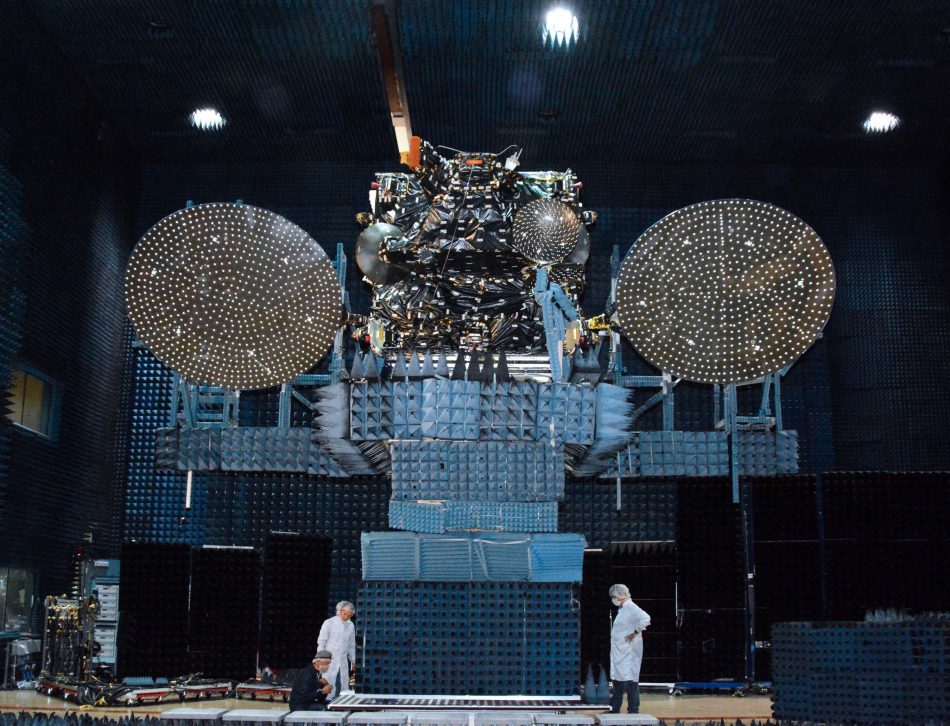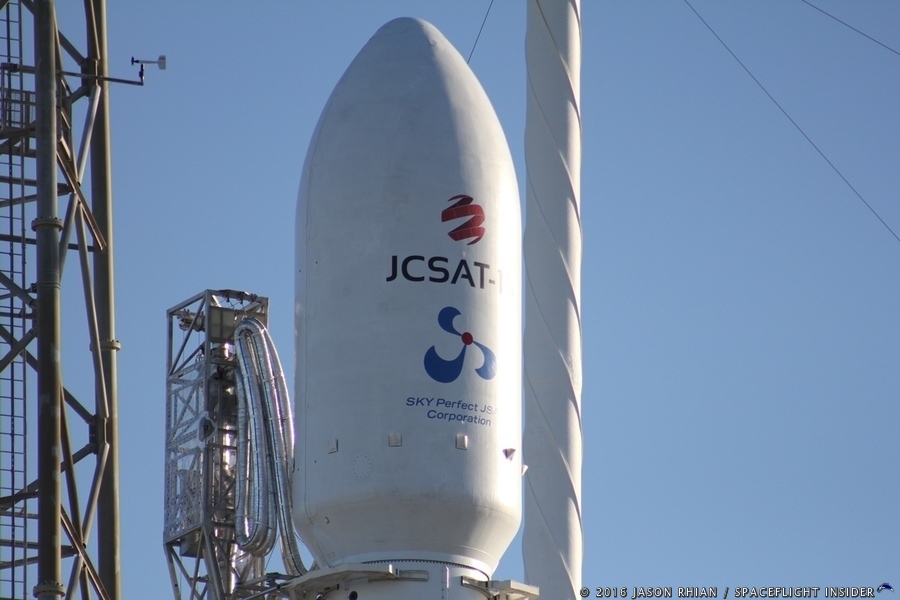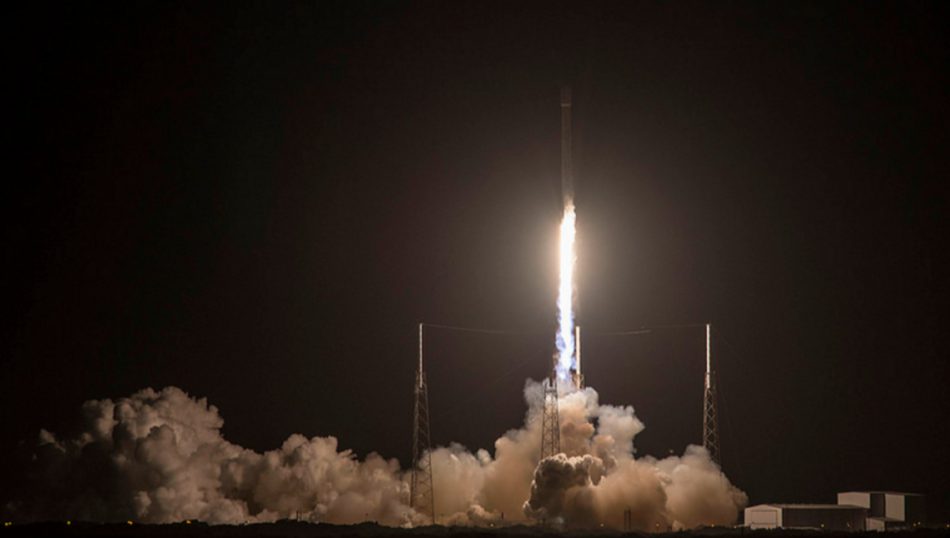SKY Perfect JSAT
Japan based SKY Perfect JSAT Corporation is the leading satellite operator in the Asia-Pacific region with a current fleet of over the 16 satellites in orbit. JSAT is one of the largest satellite operators in the world and was the first private-sector satellite communications operator in Japan, beginning its operations following the enactment of Japan’s Telecommunications Business Law in 1985. The company is headquartered in Tokyo, Japan and had in 2018 a revenue of 955 million USD.
In October 2008 JSAT merged with SKY Perfect Communications, Inc., and Space Communications Corporation. As a result in the SKY Perfect JSAT Group was formed. The company offers a wide range of services including video distribution, data transfer communications and back-up service capabilities in Asia, Russia, Oceania, Middle-East and North America. They also operate the largest Direct-to-Home satellite broadcasting platform, “SKY PerfecTV!”, which provides over 350 channels to around 3.8 million households in Japan.
Company History
In 1985 the Japanese Communications Satellite Company was created by Hughes, Mitsui, and C Itoh as a commercial alternative to the Government controlled CS and BS satellites for the full range of telecommunications services (Hughes later left the consortium). In March, 1989 and January, 1990, JCSAT-1 and JCSAT-2 were launched by Ariane and Titan 3 boosters, respectively. Both spacecraft are identical and based on the Hughes HS-393 platform. These 1.4-metric-ton spin-stabilized spacecraft are 3.7m in diameter and 10m tall when the solar array skirt is extended. The communications payload consists of 40 14/12 GHz transponders (including eight spares), working through a single 2.4m antenna. The JCSAT spacecraft are deployed at 150° E (next to ETS V) and 154° E and were designed to operate for at least ten years.
The first Japanese Commercial Communications satellite was launched by launch operator Arianespace with an Ariane 44LP booster on March 6th, 1989. Privately owned and operated by JSAT, a joint venture between Hughes Space and Communications Group, C. Itoh & Co. Ltd, and Mitsui & Co, Ltd, it provided Japanese businesses with telephone, TV, facsimile and data services.
In 2001 JSAT formed the joint venture Horizons Satellite with US-based PanAmSat to launch a new Ku-band satellite (Horizons-1) at 74° W longitude to satisfy the growing demand in the US market. The joint venture was created for the launch of Horizons-1 satellite and was later on renewed for Horizons-2. The high-powered satellites would support everything from digital video, high-definition television (HDTV) and IP-based content distribution networks to broadband Internet and satellite newsgathering services (SNG).
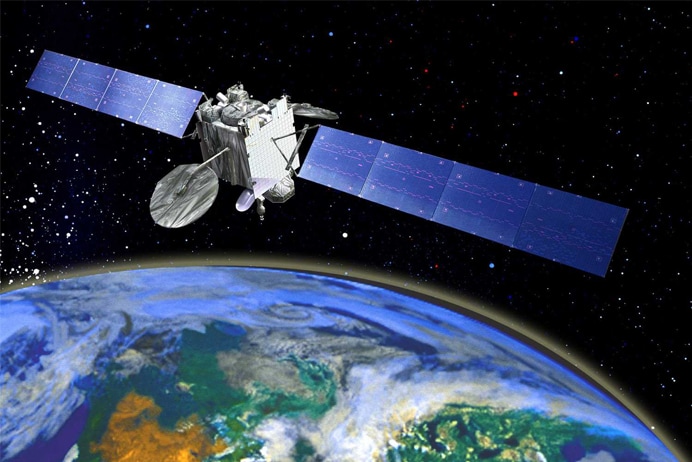
Horizons-1 in orbit 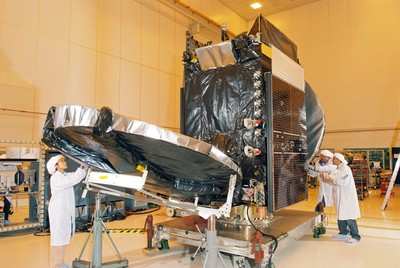
Horizons-2 built by Orbital ATK 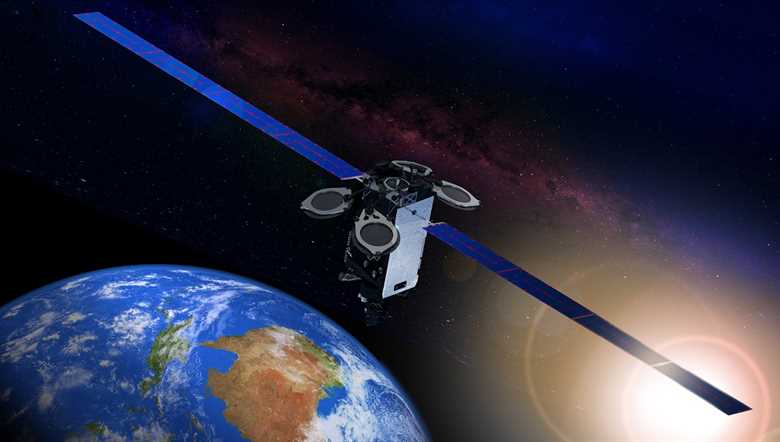
Horizons-3e in orbit
In August 2005 PanAmSat was sold to its archrival Intelsat for 4.3 billion USD creating world’s largest satellite operator with over 50 satellites in orbit serving over 220 countries. In 2008 SKY Perfect Communications, Inc. merged with JSAT and the joint venture was kept in place.
SKY Perfect JSAT Corporation announced June 12th, 2013 that it had entered into an agreement with satellite manufacturer Space Systems/Loral (SSL) for the construction of its new satellite JCSAT-14. This new communications satellite was scheduled to be launched during the second half of 2015. JCSAT-14 would succeed and replace JCSAT-2A in the orbital position of 154° E Longitude.
The planned satellites, JCSAT-15 and JCSAT-16, also built by Space Systems/Loral (SSL) would be used by SKY Perfect JSAT to meet the growing demand for telecommunications infrastructure in the Asia Pacific region. The two satellites were designed to be used for services such as video distribution; data transfer communications and back up service capabilities in Japan and neighboring regions. They both operate in Ku-band and provide switching for flexibility. JCSAT-15 is a 10kW satellite which is currently located at 110° E longitude where it replaces the N-SAT110 satellite currently on orbit.
JCSAT-16 is an 8.5kW satellite, which was designed to be used at a broad range of orbital locations. When launched it will ensure continuous service and it will be available as a back up to the existing fleet. JCSAT-15 and 16 are both based on the highly reliable SSL 1300 satellite platform that provides the flexibility for a broad range of applications and technology advances. Both satellites were scheduled for launch in 2016 performed by launch operators Arianespace (JCSAT-15) and SpaceX (JCSAT-16) The satellites were designed to deliver service for 15 years or longer.
Almost 2 years after the US Export-Import Bank’s six-month shutdown scuttled Boeing’s sale of a satellite to start-up company Kacific Broadband Satellites has finalized its order for a high-throughput platform Kacific announced that their first satellite, Kacific-1, will be jointly owned by SKY Perfect JSAT Corporation and Kacific Broadband Satellites. The spacecraft will be branded as JCSAT-18/Kacific-1.
The Export–Import Bank of the United States (Ex-Im Bank) is the official export credit agency (ECA) of the United States federal government. Operating as a wholly owned federal government corporation, the Bank provides financial assistance to US firms that export their products abroad. Despite a multi-billion dollar portfolio, Ex-Im plays a role in less than 1% of US exports and nearly half of its largesse goes to Boeing alone in most years. In fact, Ex-Im’s nickname around Washington is ‘The Bank of Boeing.’
Typically, more than 80% of its business goes to a literal top-ten list of beneficiaries, also including GE, Caterpillar and other large firms, which have invested in political connections. This is in direct violation of Ex-Im’s charter, which requires it to give at least 20% of the dollar-value of its business to smaller firms.
Ex-Im’s charter has to be renewed by US Congress every few years, which is why the agency was able to be shuttered for a bit in the first place. Congress eventually passed a new Ex-Im charter, so it will remain open until at least 2019, unless Congress decides otherwise.
In May 2016 SKY Perfect JSAT signed an agreement with US-based LeoSat Enterprises to invest in the latter, which seeks to provide the first commercially available, extremely high-speed and secure data service through the use of Low Earth Orbit (LEO) satellites. LeoSat aspires to be the first company to have a constellation of 108 High Throughput Satellites (HTS) interconnected through laser links in LEO. This would have provided high-speed data delivery to governments and the maritime industry. LeoSat suspended operations due to the lack of investments from SKY Perfect JSAT and Spanish satellite operator Hispasat. In November 2019 LeoSat shut down operations and laid off all employees. The company never launched a single satellite.
In March 2018 SKY Perfect JSAT signed an agreement with Blue Origin launch company for future use of its launch vehicle, The New Glenn. Blue Origin was founded in 2000 by Amazon.com founder, Jeff Bezos.
On February 19th 2020, JCSAT-17 was launched aboard Arianespace’s Ariane-5ECA launch vehicle from Guiana Space Centre. JCSAT-17 payloads incorporates S-band, C-band, and Ku-band transponders, which will provide satellite communications service. S-band and C-band transponders will serve for NTT DOCOMO, Inc, the largest telecommunications company in Japan.
In September 2020 SKY Perfect JSAT warned that the coronavirus would weigh on its earnings for the rest of 2020. The COVID-19 pandemic depressed demand for satellite internet services among commercial airliners and will take years before demand for air traffic recovers. One bright spot for the Japanese company was the launch of two new satellites, Horizons 3e and JCSAT-17. These satellites are used for providing a backup line for telecom carriers and have helped boost revenue in the satellite communications business.
All trademarks, logos and images mentioned and showed on this page are property of their respective owners.
Resources
www.skyperfectjsat.space
www.wikipedia.org
www.sptvjsat.com
www.jsat.net
www.jsati.com
www.horizonsat.com
www.intelsat.com
www.spacenews.com edition November 13th 2019
www.globalsercurity.org
www.satbeams.com
www.asia.nikkei.com edition September 2nd 2020
Satellite fleet by SKY Perfect JSAT
Galaxy-13 (Horizons-1) at 127° West
Galaxy-37 (Horizons-4) at 127° West
Horizons-3e (IS-H3e) at 169° East
Intelsat-15 (IS-15, JCSAT-85) at 85° East
JCSAT-110A (JCSAT-15) at 110° East
JCSAT-110R/BSat-3c at 110° East
JCSAT-2b (JCSAT-14) at 154° East
JCSAT-3a (JCSAT-10) at 128° East
JCSAT-4b (JCSAT-13) at 124° East
JCSAT-5a (N-Star d, JCSAT-9) at 132° East
JCSAT-RA (JCSAT-12) at 169° East
Kacific-1/JCSat-18 at 150° East
Superbird-9 at 144° East (Planned)
